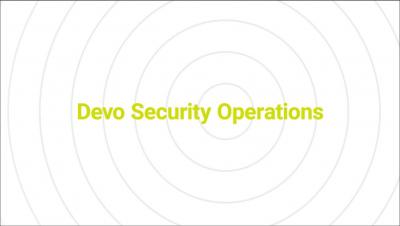Security | Threat Detection | Cyberattacks | DevSecOps | Compliance
%term
Log Management Best Practices for SIEM
Undoubtedly, log management is the heart of any SIEM solution. The more access to logs your SIEM has the better it will be able to perform. Logs help in identifying who attacked your organization and how these malicious actors penetrate your corporate network. By logging all the vital information related to network devices and other critical systems, you will be able to get a deeper insight into your organization’s cybersecurity posture.
Using data science to improve threat analysis | AT&T ThreatTraq
Every week, the AT&T Chief Security Office produces a set of videos with helpful information and news commentary for InfoSec practitioners and researchers. I really enjoy them, and you can subscribe to the Youtube channel to stay updated. This is a transcript of a recent feature on ThreatTraq. Watch the video here.
Gravity v6 UI Tour
Deploying Teramind on Microsoft Azure
Applying Big Data to Risk Management
The era of Big Data is here. Information now exceeds fantastic proportions, globally measured in zettabytes (each zettabyte is a billion terabytes) and growing at an exponential rate that defies comprehension. According to the IDC, global data is expected to grow from 23 Zettabytes (ZB) in 2017 to 175 ZB by 2025.
How to Make Your Business HIPAA Compliant
Infosecurity Europe 2019
AT&T Cybersecurity had a big presence at Infosecurity Europe 2019 in London, June 4-6. Our theme was unifying security management with people, process and technologies. While the industry is generally moving in the right direction, IT teams still struggle with being overwhelmed on the technology side, not knowing where to begin on the process side, and finding (or being able to afford) people with the right security skill sets.
Industry Analysts Recognizing Cloud Analytics Brings Wave of Disruption to the SIEM Market
In the new report, “Analytics is making its security operations mark ahead of schedule,” analyst firm 451 Research details the accelerating transition happening in the security information and event management (SIEM) space. The report underscores how new cloud-native analytics solutions are displacing traditional SIEMs at the heart of the defense.









